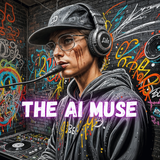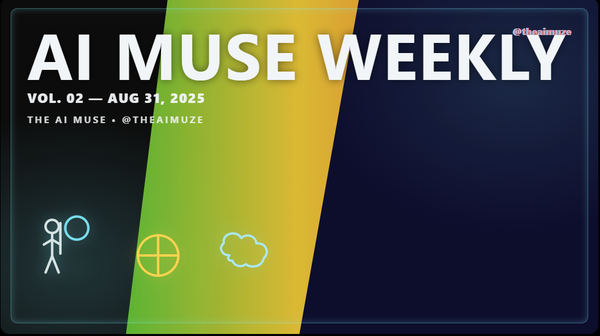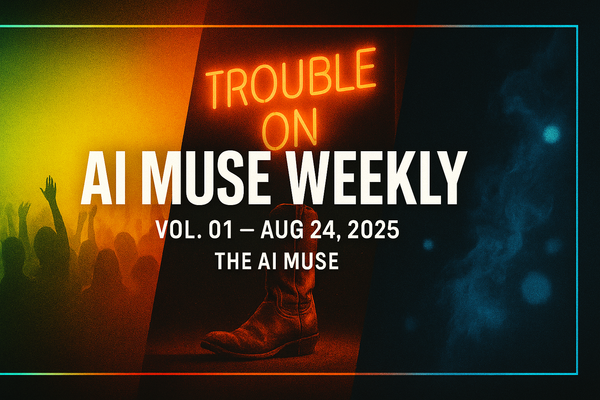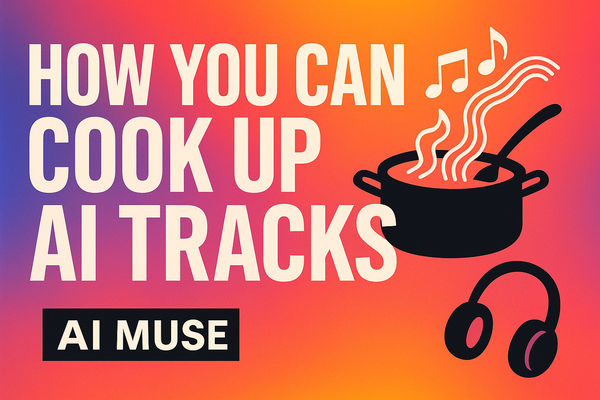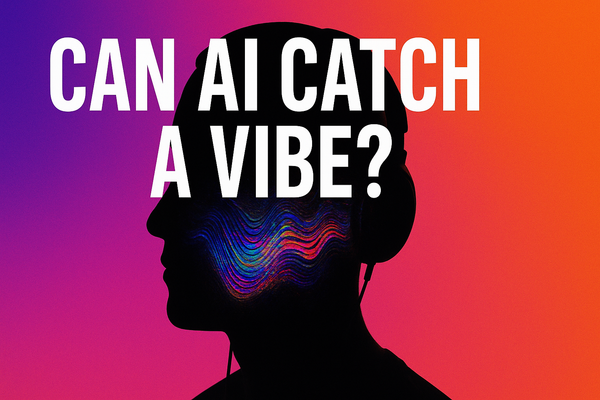The Reveal Problem: Why “AI Bands” Blow Up—Until People Find Out
AI music is good. Listeners like it. They just don’t always like the idea—yet.
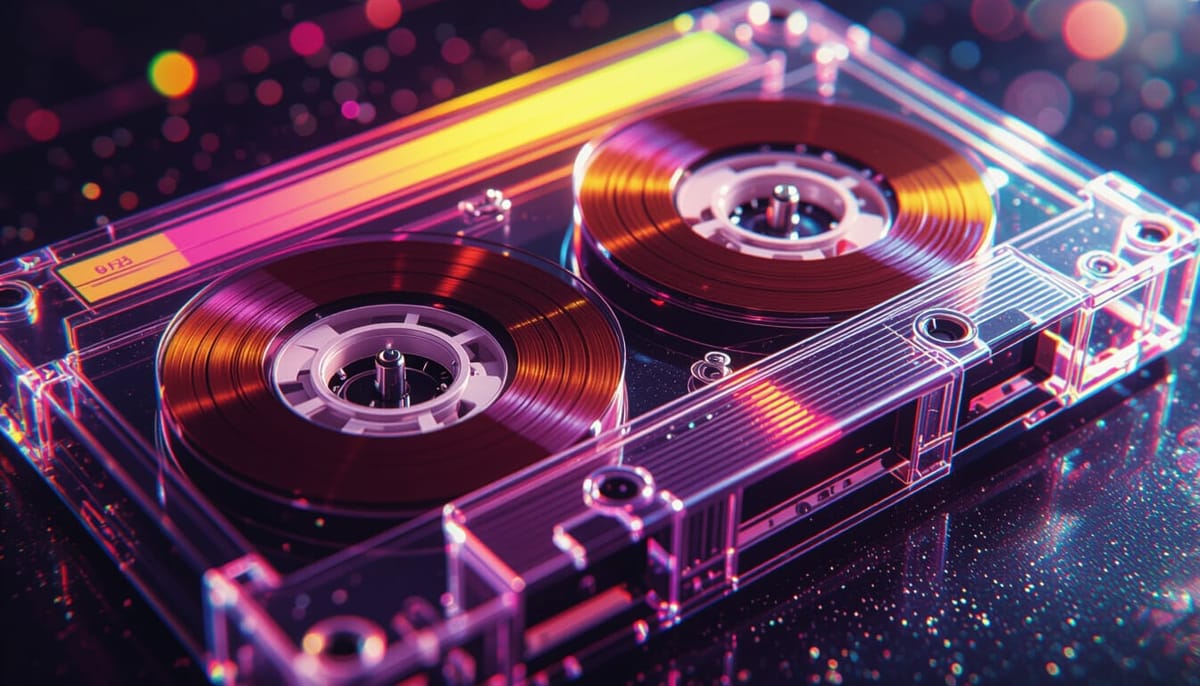
There’s a pattern now:
- A new artist/“band” drops a heater. Streams climb. Playlists, stitches, thinkpieces.
- A week later: surprise—it’s AI.
- Comments turn: “fake,” “misleading,” “industry plant.” Coverage pivots from hit to hoax.
What changed? Not the audio. The story.
Key lesson: AI music is good—people like it—but many don’t like the idea of AI music… yet.
This isn’t new. We’ve had virtual acts, voice models, and anonymous producers for years. What’s new is the authorship switch: when people feel they were vibing with a person, then learn it was a process. That reveal trips a trust wire.
Below: quick background, what triggers backlash, what AI-forward creators do differently, and a practical playbook you can steal.
Quick background: What just happened in AI music
- AI covers → original AI tracks. The internet learned the “AI voice” trick via covers, then graduated to original songs made in tools like Udio and Suno—plus hybrid workflows (DAW edits, live instruments, human toplines).
- Mystery acts go boom. Anonymous “artists” pushed clean branding and avoided saying “AI.” Fans filled in the blanks. Press later framed it as a “gotcha.”
- Audience whiplash. The same song felt different after the label AI was attached. That’s a narrative problem, not a sonic one.
Takeaway: If the first time your audience hears “AI” is in a call-out thread, you waited too long.
Why the reveal hurts: four human factors
- Perceived deception. Fans thought they were meeting a person; they met a pipeline. That’s not about ethics of tools—it’s about expectations.
- Parasocial mismatch. We bond to a voice + face. If the “who” is unclear, people feel conned.
- Authenticity heuristics. Listeners use shortcuts: “Did they play it live?” “Do they write?” AI scrambles those heuristics.
- Press incentives. “This went viral” is a story; “this was AI all along” is an even bigger one. Headlines shape sentiment.
What AI-forward creators get right
- They lead with emotion, then disclose method. Hook with the vibe; make the process a feature, not a twist.
- They define the act. “Producer + model,” “virtual vocalist,” “AI-assisted band,” whatever—clear lane, clear expectations.
- They show the work. 15–45s BTS: prompt → iteration → final. It humanizes craft without drowning in jargon.
- They collaborate in public. Polls, fan-picked genres, open stems/loops. Co-creation = shared ownership.
- They make a world. Consistent visuals, lore, constraints (e.g., “Season One: 21 tracks”). People follow worlds, not tools.
The AI-forward playbook (steal this)
1) Label the lane on day one
- Site/Link-in-bio: “AI-assisted music by <you>. Vocals generated in Udio/Suno, arranged & mixed by me.”
- YouTube description first lines: “AI-assisted original. Tools: Udio, Suno, Ableton. Full credits below.”
2) Two-line disclosure templates
- Short form (Reels/TikTok): “made with Udio/Suno, arranged by me. full process in comments.”
- Long form (YouTube): “lead melody/lyrics prompted in Udio; verses revised by me; drums/bass arranged in Ableton; mix/master by me.”
3) Story > software
Swap “look what AI can do” for “here’s the feeling I chased.”
- Hook line formula: Feeling → Method → Invite
- “needed a late-night drive anthem → sketched in Suno, rebuilt the low end in Ableton → what do you hear?”
4) Package like a real release
- Cover system: consistent color palette + type.
- Metadata: ISRC/credits, tool notes in liner notes.
- Smartlink: single URL everywhere.
- Cadence: 1 longform (full track) + 2–3 shorts + 1 BTS each week.
5) Invite taste, not debate
- Comments prompt: “Top 3 tracks I should expand?” beats “What do you think about AI music?”
- Polls: genre next / tempo / mood. Make the audience your A&R.
6) Prepare the “press page”
- 150-word explainer (no hype): what you do, what’s AI, what’s human.
- Three BTS clips.
- Credits (tools, co-writers, visual collaborators).
- Contact.
What to say when asked “So is it AI?”
Keep it simple, not defensive.
“Yeah—AI-assisted. I sketch in Udio/Suno, then arrange, edit, and mix like any producer. The goal is the same: a song you feel.”
Follow with a specific human touch: “The second verse was rewritten after a fan comment,” or “That bassline was replayed on my MIDI keyboard.”
But… should you ever stay quiet about AI?
If your act role-plays a character or uses a virtual vocalist, you can center the character while disclosing the method in your About/credits. What backfires is hiding until the reveal goes viral. Transparency isn’t a killjoy; it’s a moat.
Case patterns worth mimicking (without name-dropping)
- Mystery → Reveal → Backlash acts won short-term virality and lost trust.
- AI-forward acts grew steadier, more durable communities by owning the method and inviting fans into the process.
Pull-quote: If the song lands and the story is honest, the “AI” part becomes seasoning—not the meal.
7 things to try this week
- Add a one-liner to every description: “AI-assisted; arranged & mixed by me.”
- Post 1 BTS short: screen capture of prompt → iteration → final hook.
- Pin a community poll: “Which lane next?”
- Credit your tools like instruments: “lead vox: Udio model; drums: self-programmed; guitar: live.”
- Release a loop pack from your songs; crowd-source remixes.
- Design a visual system (3 covers, 1 template) so everything feels like one world.
- Write your press paragraph now. You’ll need it later.
FAQ (for your About page)
Is this “real music”?
If it moves you, yes. Authorship is changing; emotion is still the bar.
Will you ever play live?
Yes: backing stems + live instrumentation + visuals. AI drafts, humans perform.
Why disclose?
Because trust outlives trends. And because transparency stops “gotcha” cycles before they start.
Closing thought
AI music already passes the ear test. The sticking point is the idea of AI—identity, labor, authorship. That’s cultural muscle memory, and it will evolve. Help it along by leading with feeling, crediting your process, and making fans co-authors.
When the music is undeniable and the story is honest, the reveal never hurts—because there’s nothing to reveal.

